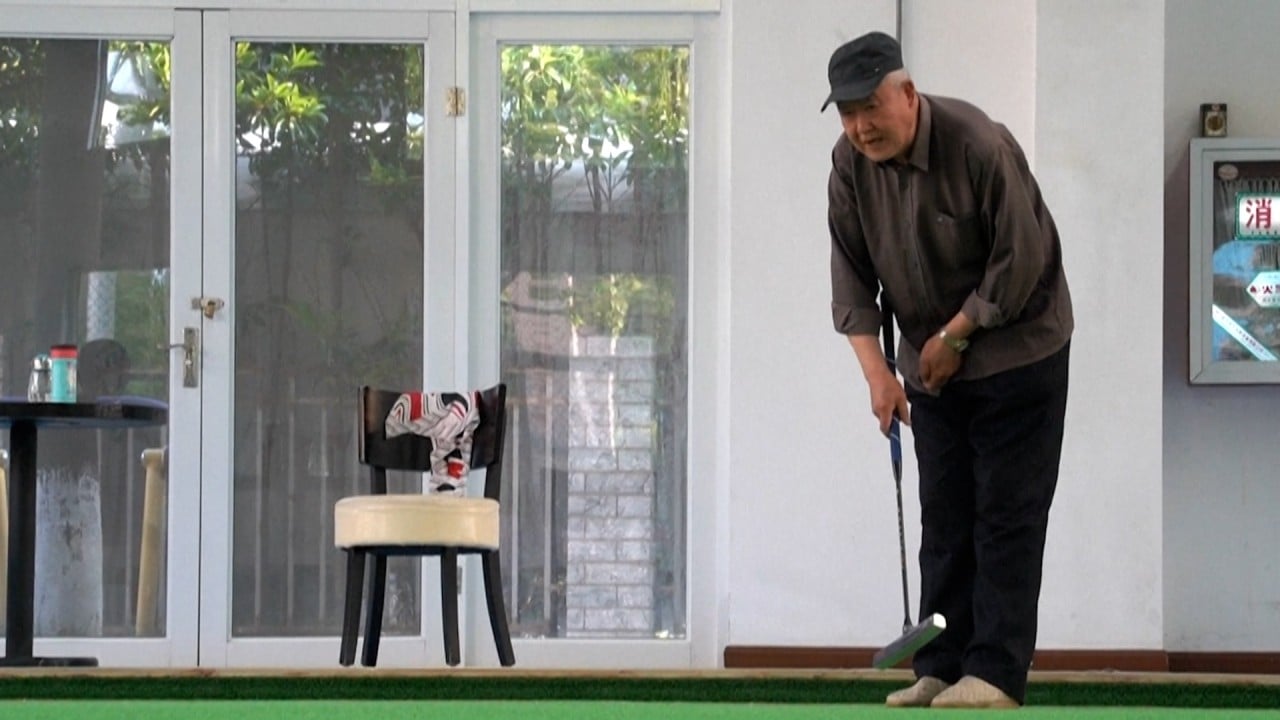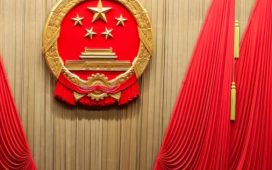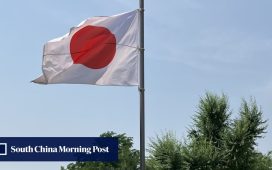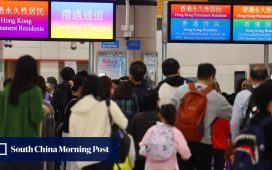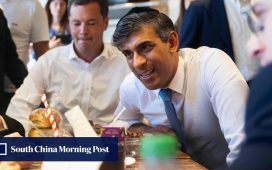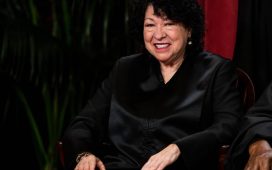Low-cost travel, e-commerce, live streaming by older influencers and sorghum wine – a high alcohol drink – are among that population’s top buys according to the white paper from Shanghai-based China Insights Consultancy and Chinese online education service QuantaSing Group.
“With rapid socio-economic development, increases in life expectancy, and a decline in fertility rates, China is gradually transitioning into an ‘aged society,’” said the paper, published Tuesday and presenting an analysis of survey results for 5,710 people aged 45 or higher.
“Currently, services and products [for the middle aged and their seniors] are not yet fully mature, presenting substantial market potential for investment and growth.”
“I think an effective response cannot only help us better respond to ageing, but also foster new growth drivers,” said Li at the event, organised by the World Economic Forum and also known as Summer Davos.
The white paper authors took age 45, rather than a higher number, as a starting point for their research because people partake in “economic activities related to elder care preparation” from that age, a QuantaSing spokesman said.
But those in middle age still face a dilemma: spend now, or save for retired life.
China had 254 million people aged 60 and above in 2019 according to the World Health Organization, which has also estimated that 402 million people – 28 per cent of the population – will fit into that age bracket by 2040. About 44 per cent of the population is already over age 45, per data from the Statista market research firm.
On the travel front, 60 per cent of Chinese people over age 45 travel three or more times per year, though they are daunted by “high costs” and a lack of “suitable options”, the paper said, also finding the age group prefers travel that touches on humanities, history and traditional culture.
“Study tours that blend culture and entertainment are better suited to their needs,” the researchers said.
In e-commerce, the paper said, 34.7 per cent of those 45 and older named online platforms as a normal shopping channel, while only 11.3 per cent of those over 75 do the same.
Online personalities catering to the growing demographic are “offering psychological comfort that satisfies basic emotional needs”, the researchers said. “As more seniors use and become familiar with content e-commerce platforms, their overall penetration rate will increase, providing momentum to the development of these platforms.”
Similarities aside, consumers between 45 and 60 still spend differently than their elders, the QuantaSing spokesman said, with more attention paid to the brands of their daily necessities compared with their older peers.

